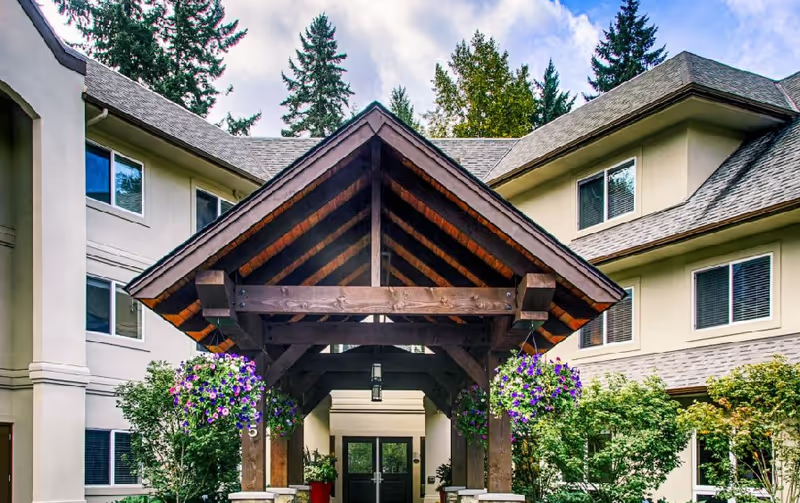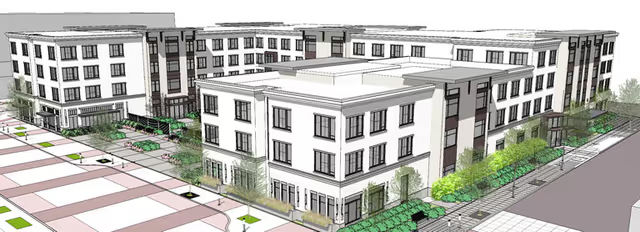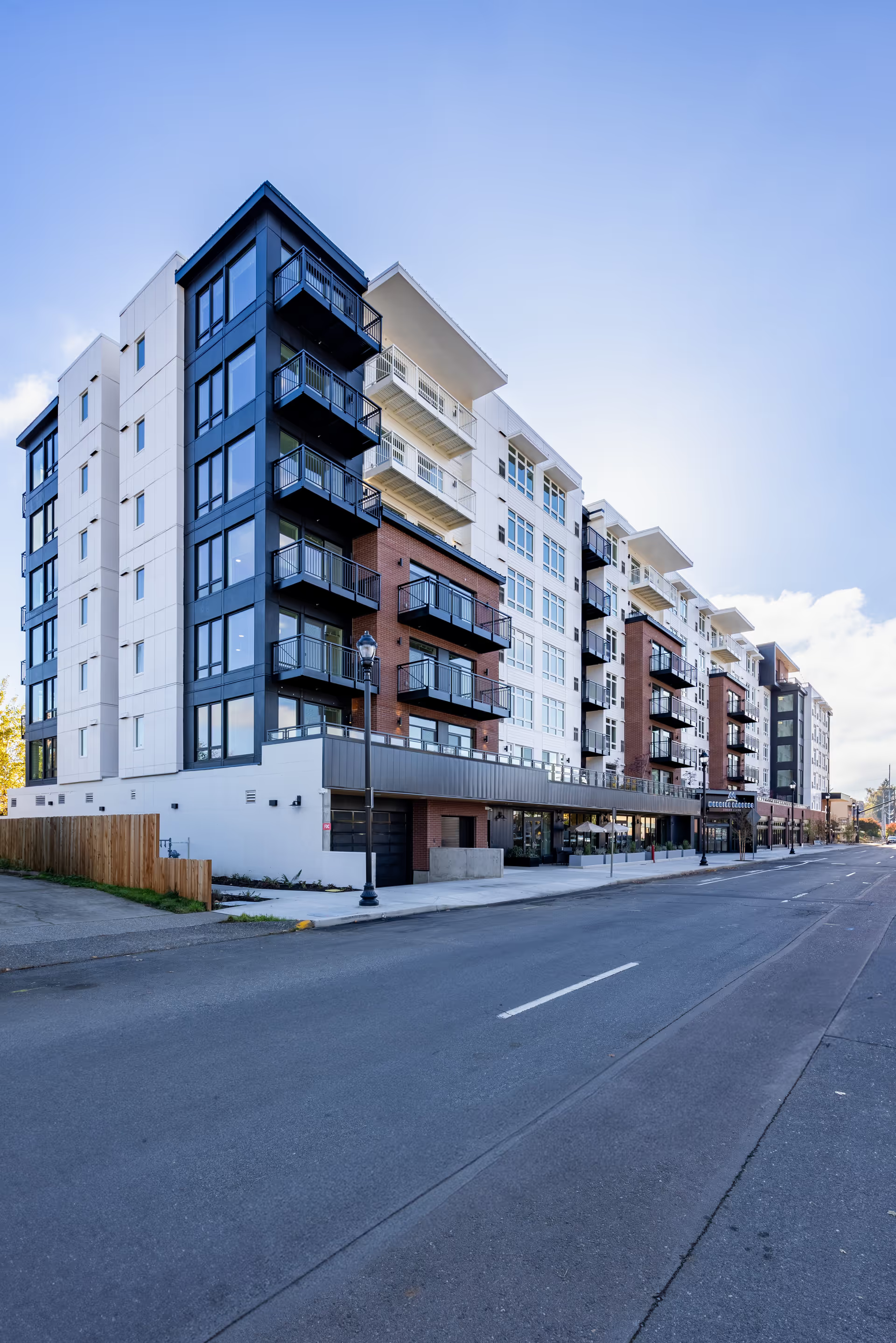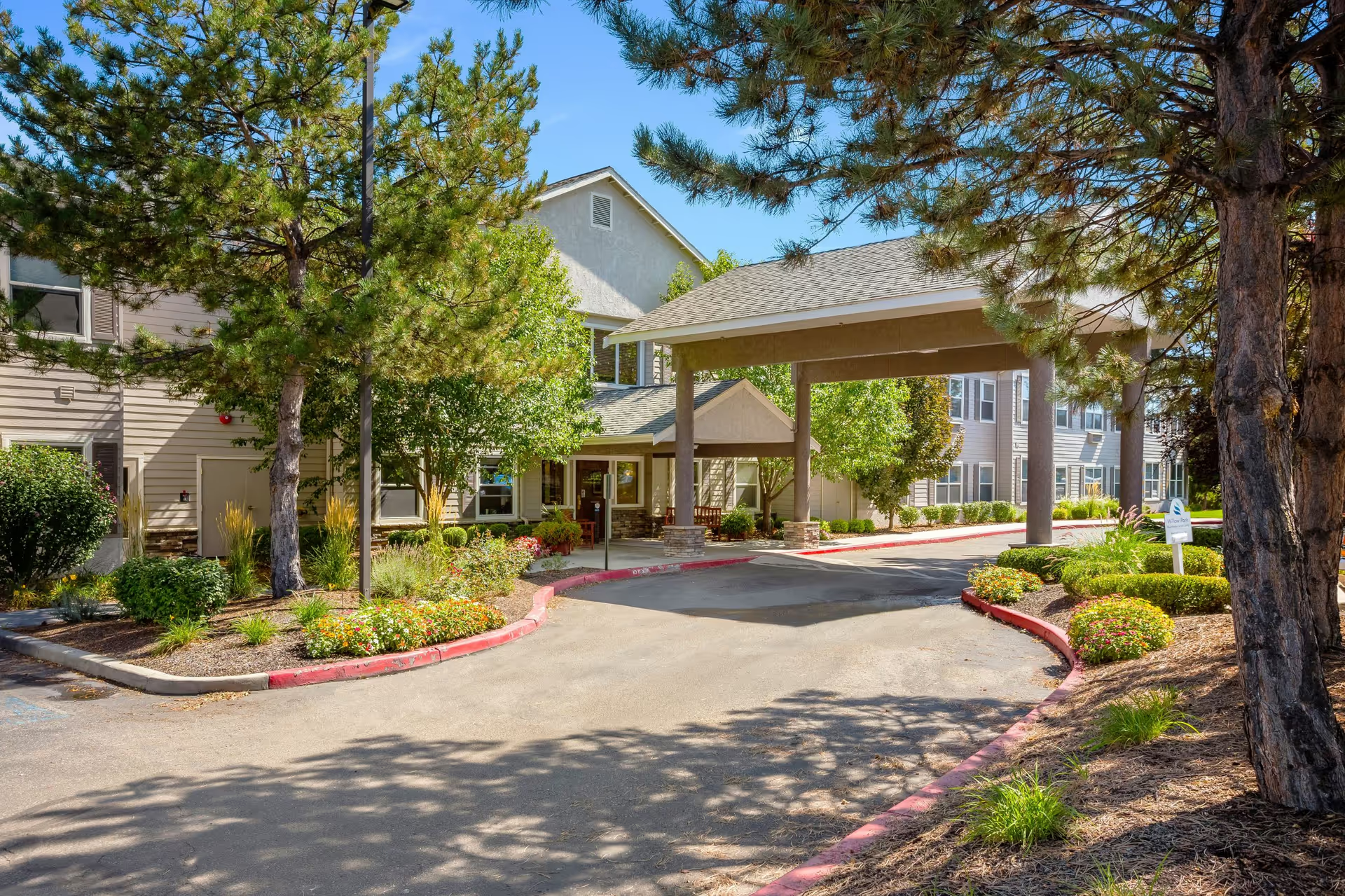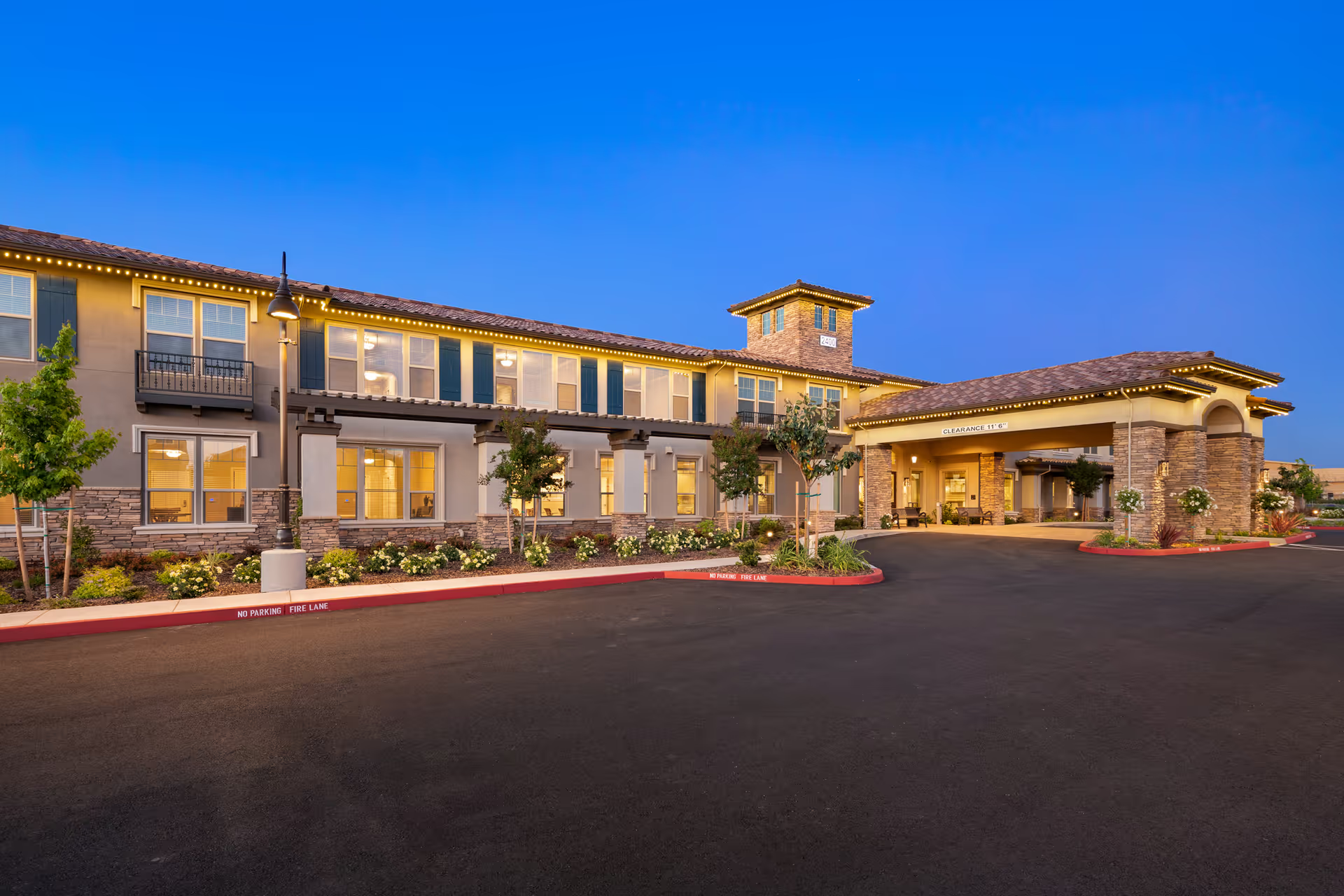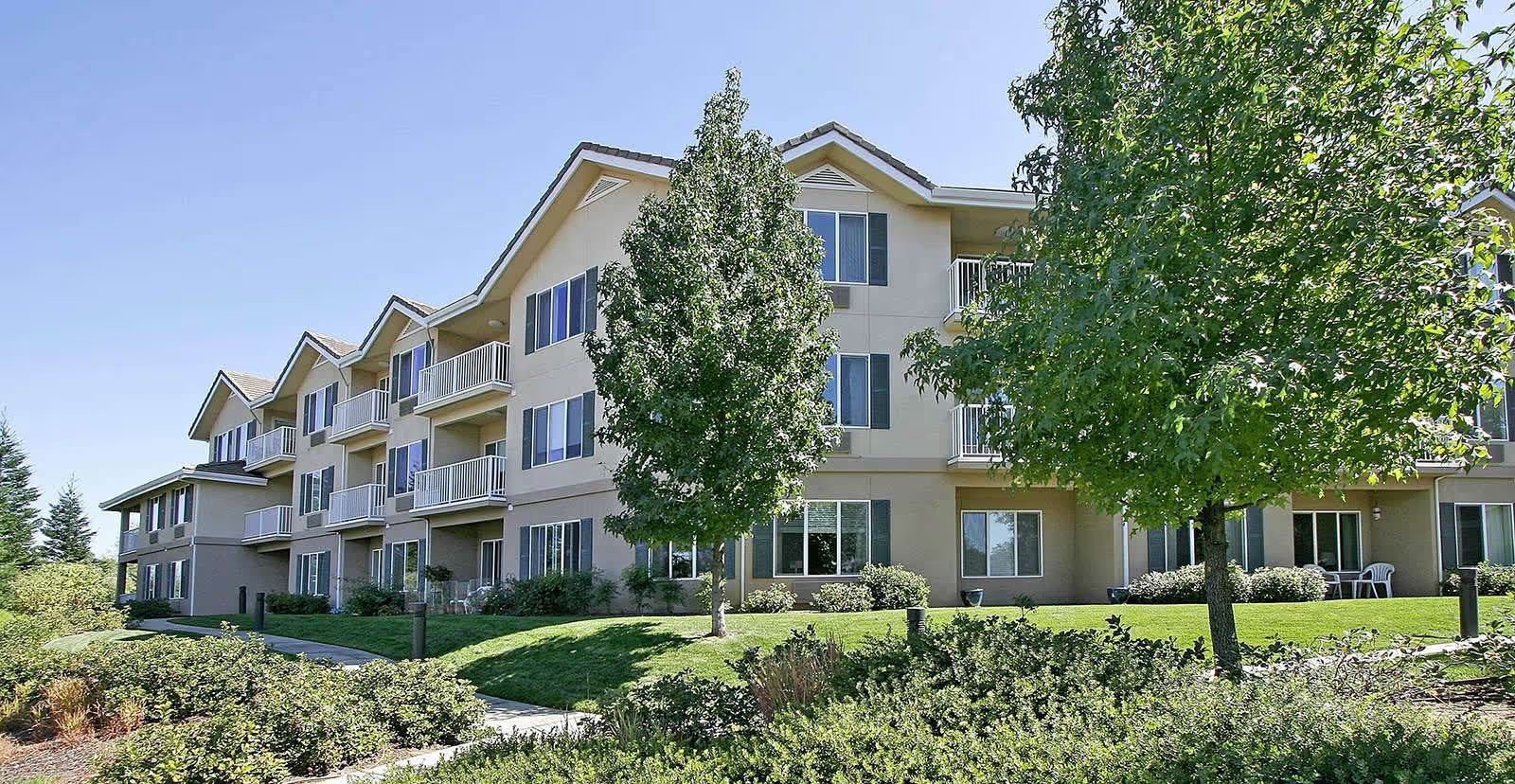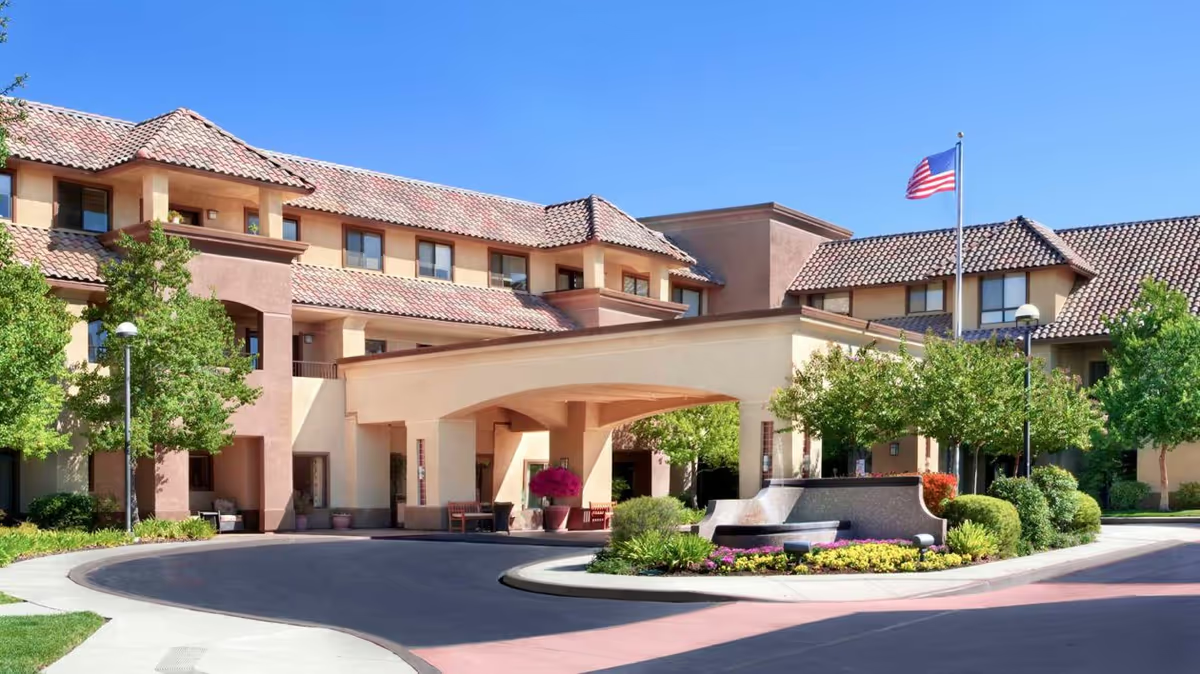Overall sentiment about Redmond Heights Senior Living is mixed but heavily centered on two consistent themes: exceptionally caring frontline staff and recurring operational/management problems. Across the reviews, the strongest and most frequently cited positive is the people who work there — caregivers, nurses, kitchen staff, maintenance and reception are repeatedly described as kind, compassionate, attentive, and personally invested in residents' wellbeing. Many families report that their loved ones are happier, more engaged, and well looked-after; reviewers highlight personal touches, individualized care, and a family-like environment. The community also offers a broad slate of activities (bingo, outings, book clubs, musical entertainment, happy hour, nightly movies, nail painting, etc.) that residents and families appreciate, as well as housekeeping, laundry, therapy transport and faith-based services like weekly mass and communion. Several reviewers praise newly remodeled rooms, a large restaurant-like dining room, and an involved chef who provides homemade-style meals and accommodates special orders.
However, the positive experiences are tempered by significant concerns related to leadership, staffing, and infrastructure. Multiple reviewers report staffing cuts, frequent turnover, and chronic understaffing that leave caregivers overburdened and cause long wait times for assistance. Management and administrative responsiveness is uneven: some reviews applaud new leadership and improvements, while others describe communication failures, unresponsiveness, and billing disputes (including being charged a full month after vacating the room). Notably there are serious safety and medical oversight issues flagged by reviewers — memory care has been described as lacking a full-time nurse, there is no consistent on-site physician presence according to some accounts, and delays in medical testing and coordination led to at least one hospitalization and hospice transition. There are also reports of refusal to readmit residents after COVID hospitalizations, which is a critical red flag for prospective families.
The facility itself presents a split picture. Numerous reviewers note recent renovations, bright remodeled rooms, and parts of the building that are fresh and well-maintained. At the same time, other reviewers describe older, dated sections, persistent odors, cleanliness lapses (including an instance of pet waste in a hallway), and infrastructure failures — elevator breakdowns, prolonged water and cable outages, AC issues — that have impacted resident comfort and safety. Several reviews point out that experiences vary significantly depending on which wing or unit a resident is in, and that construction or renovation activity has caused temporary disruptions.
Dining is another mixed area: many reviewers praise the food, chef, and variety of menu options, while a substantial minority complain about poor food quality and a recurring theme that meals can be substandard depending on timing or staffing. Activities and social programming are consistently highlighted as a strong point when staffed and organized, with many residents reporting strong social connections and robust engagement. The community’s partnership with the adjacent higher-rated nursing home and proximity to local services are mentioned as advantages that bring additional resources and continuity of care for some residents.
A clear pattern emerges that ownership and management transitions affect resident experience. Several reviews explicitly advise that older reviews (from prior ownership) may no longer be reliable; others say the new management has improved processes, leadership, and the physical environment. Yet contradictory reports about nursing coverage (some state 24-hour nurses are present, others claim memory care lacks full-time nursing) and differences between reviewers’ experiences suggest variability in daily operations and uneven implementation of policies.
For prospective residents and families, key takeaways and recommended questions: confirm current ownership and leadership stability; ask for documented staffing ratios, turnover rates, and whether memory care has a full-time nurse and on-site physician access; get clarity on billing, move-in/move-out rent proration and dispute resolution policies; tour the specific unit and visit during mealtime, an activity period, and an off-peak hour to gauge staffing levels; inquire about recent infrastructure repairs (elevators, HVAC, plumbing) and timelines for any ongoing renovations. In summary, Redmond Heights shows many strong, heartfelt positives rooted in its frontline staff, activities and recent improvements, but also carries notable operational, medical oversight and infrastructure risks that demand careful, current verification before making a placement decision.
